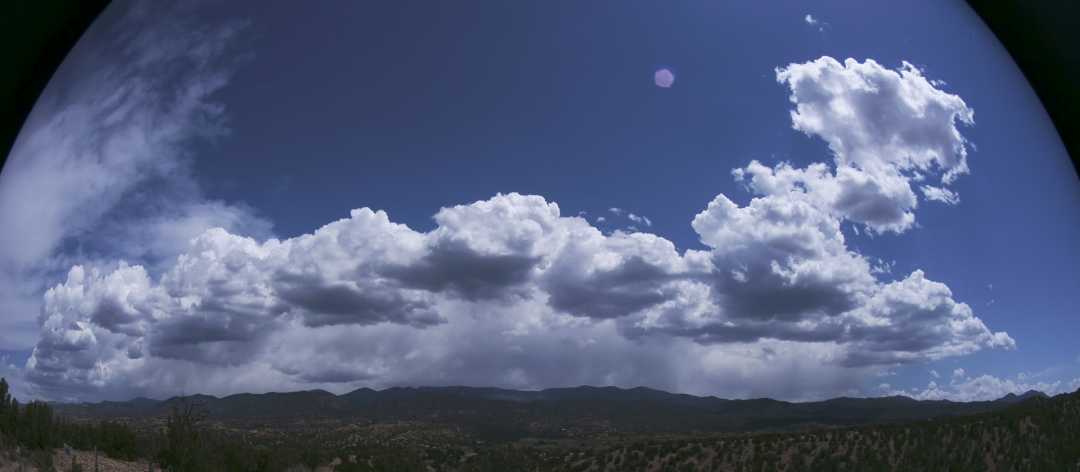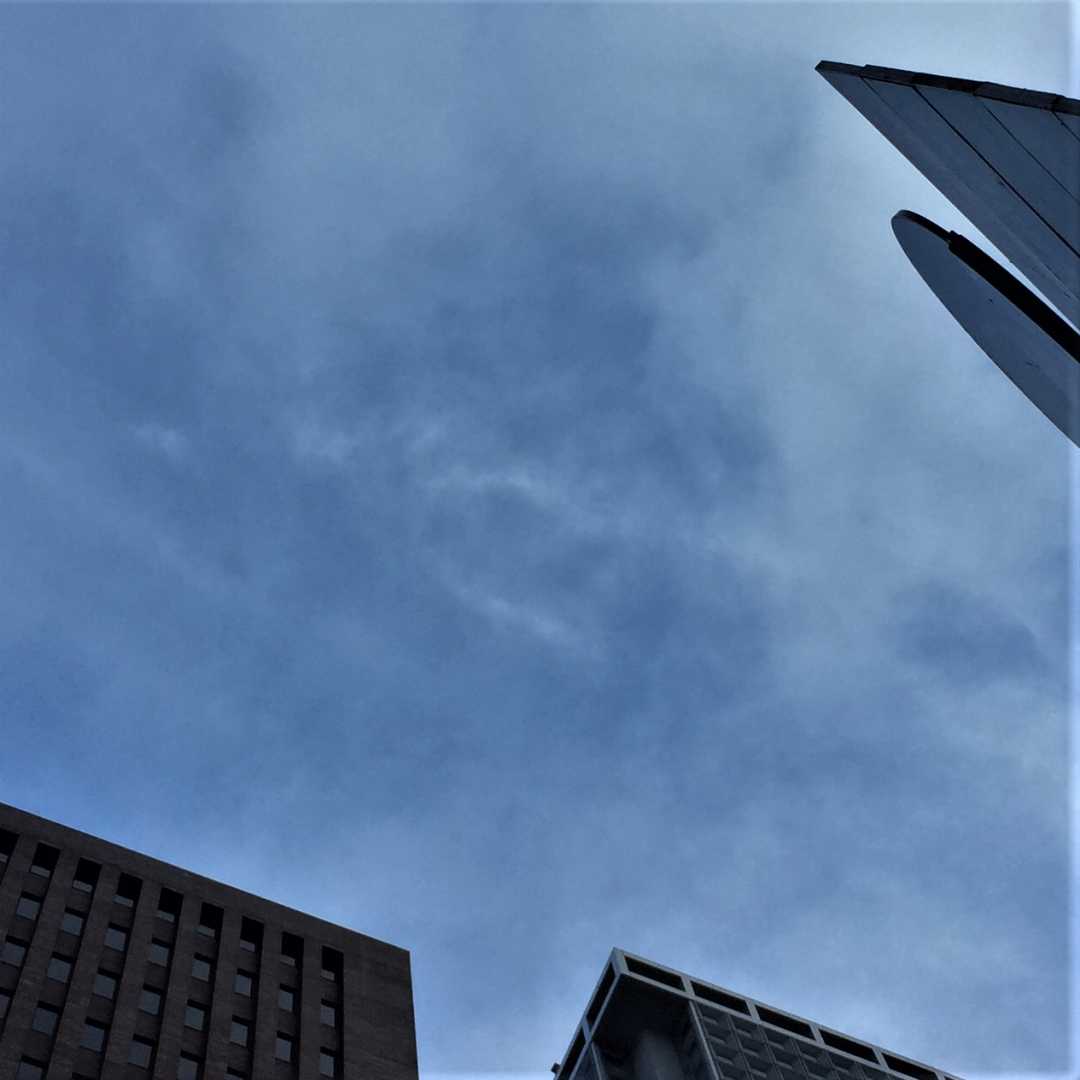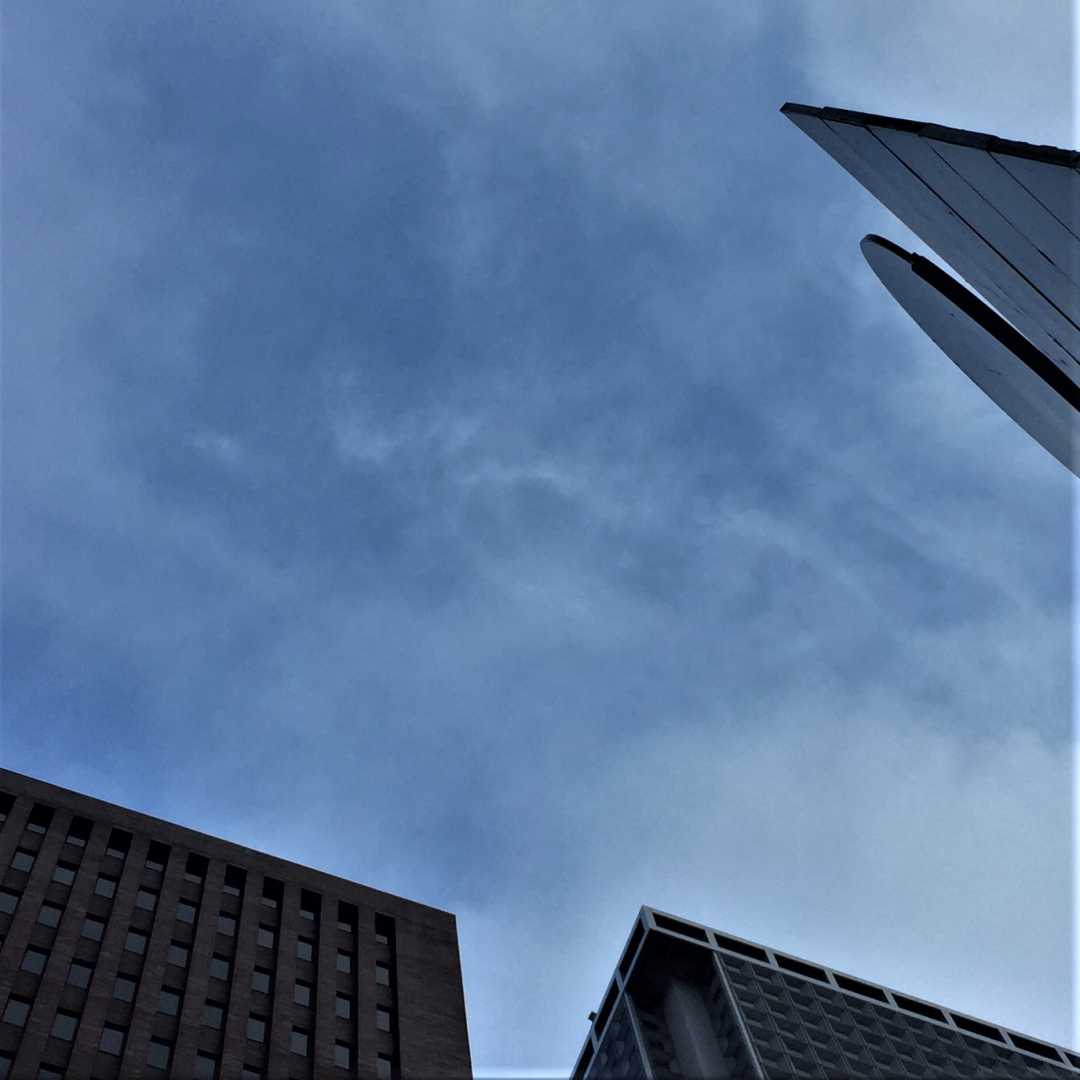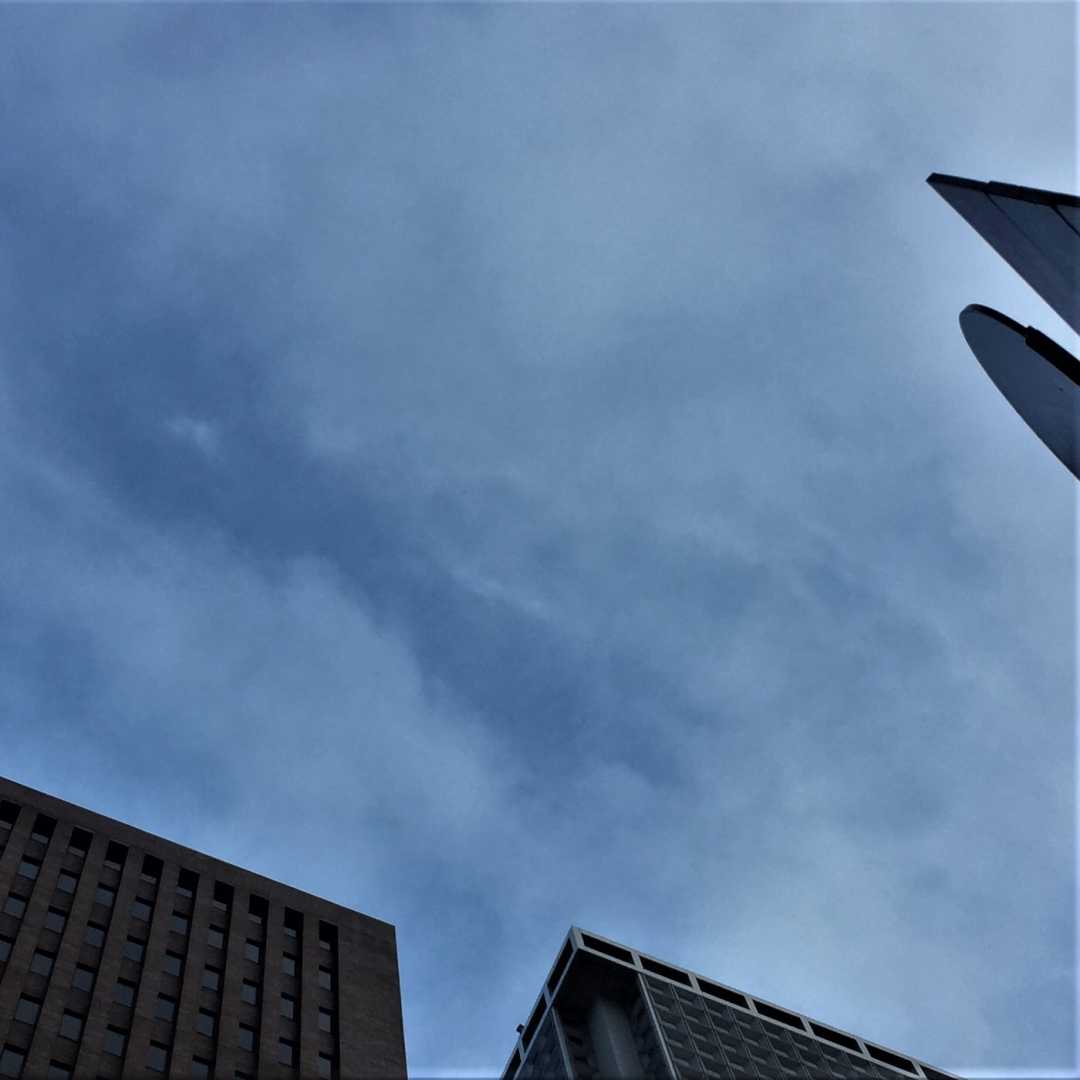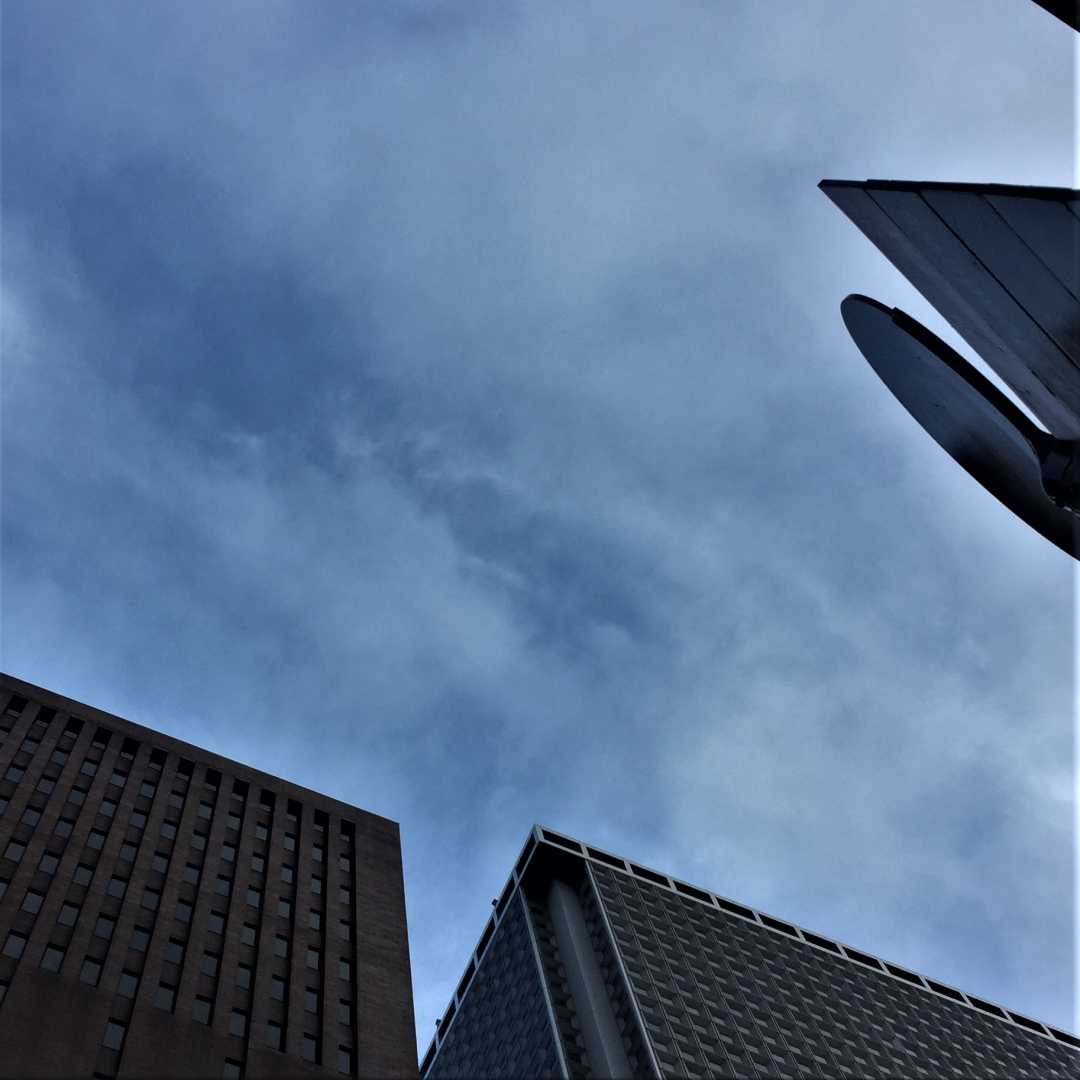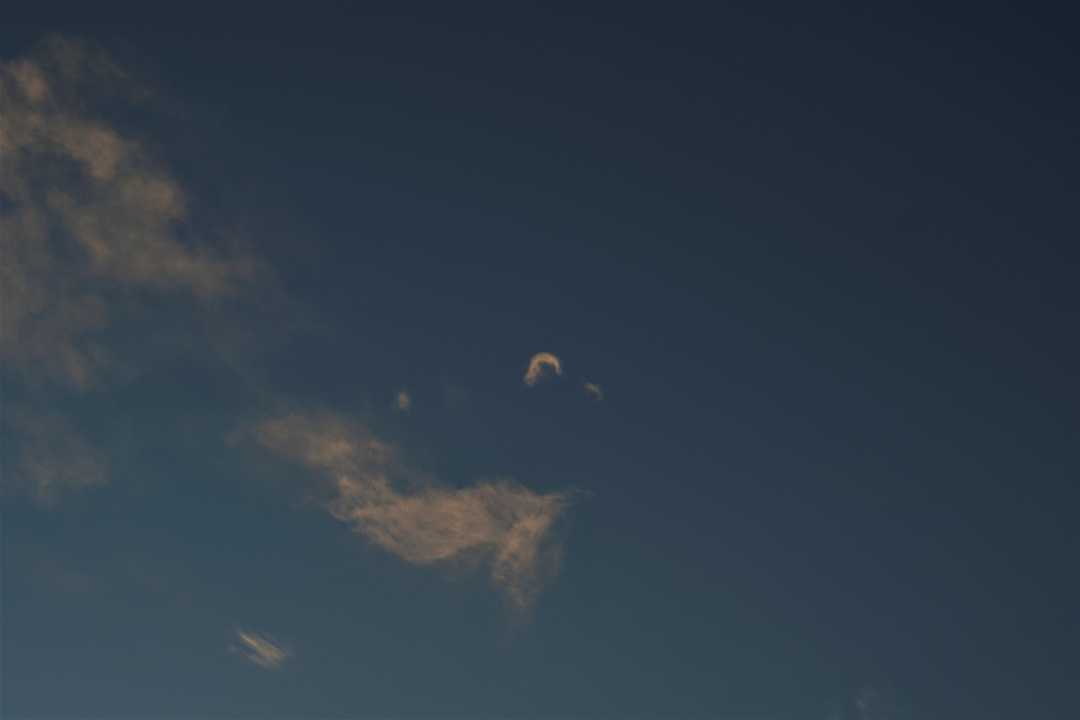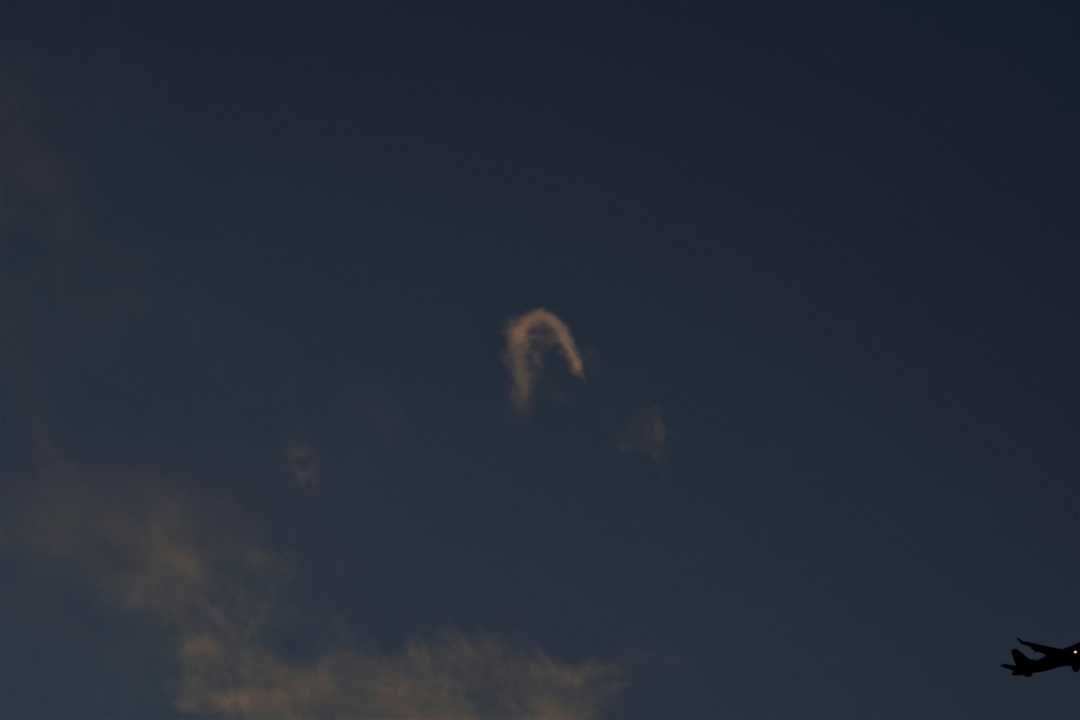Horseshoe vortex appearance
Forums › The Cloud Forum › Horseshoe vortex appearance
Tagged: horseshoe vortex
- This topic has 13 replies, 5 voices, and was last updated 7 years, 2 months ago by
 Hans Stocker.
Hans Stocker.
-
AuthorPosts
-
-
April 26, 2018 at 5:11 pm #271306
Eric Shultz
ParticipantThanks first to Keelin, George and Hans for their encouragement and advice on finding horseshoe vortices, and especially to Michael for his insightful thoughts on the conditions in which vortices commonly appear, associating them with an “active” cloud.

17:31:44. Experience in my location and conditions lead me to recognize this “active” cloud by its bear-paw shape as the ‘hand’ end of a vortex ‘arm.’ The orientation of the paw suggests an arm sweeping back to the left and then up. Near top of frame some vortical shapes are faintly visible in the semi-cloud, which was the intended object of this photo.

17:32:59. Unexpectedly, by also not surprisingly, part of the system of vortex tubes seen faintly above the bear paw (now with frog fingers) has become inclouded and plainly visible.

17:33:42. Like a jet of steam bursting through a hole in the sky, then curling down and left; this vortical arm is not an open-ended tube, but a loop of tubing, folded and twisted together. Similar twists of loops form the bear’s now menacing claws.

17:34:47. A profusion of fine loops give the ‘upper arm’ and ‘shoulder’ a fluffy cape.
Note how the fringe around the principle Cumulus humilis is being formed/shaped by vortical motion, as are the clouds along the horizon, a reminder that a visible horseshoe vortex is not an isolated object like a smoke ring hanging in the still air of a closed room, but a local visible instance of a generalized vorticity.
To be continued, here ends part one of two.
-
April 26, 2018 at 6:30 pm #271323
Eric Shultz
ParticipantContinuing with part two of two.
The horseshoe seeming to have reached maturity, I switched to a camera with a rectilinear 24mm (equiv.) lens for some close-ups.

17:35:02. Suggesting the coiffure of a champion show dog, the horseshoe now clearly shows its lower arm to be a loop folded together.

17:37:39. During these two months of vortex spotting I have tried to develop the habit, after a stretch attending closely to one part of the sky, to turn around and briefly survey the rest (things do sneak up on you!). This may have been what I did, along with perhaps some camera fiddling, during the minute-and-a-half that elapsed between photos.
In the 97-second interval, fluff has come to dominate the vortex arm, whose tubing is now only partially visible underneath the main body of fuzz. But the fluff stays true to the vortical armature within, as evidenced by the ‘band’ of fluff clearly separate on the left side, which I would venture is yet again a loop of vortex tubing, this time viewed on-edge and at a slant.

17:38:10. With but a few loops dangling below and otherwise completely metamorphosed, the new Cumulus humilis joins the stack. This image concludes the sequence.
The dominant element in the first photo of the series, the cloud likened to a bear’s paw, is now less recognizeable as such; and the vortex arm newly turned into a vortex hand is less a bear paw and more of a squid’s hand (it also somewhat resembles an inverted crocodile head, but that’s just seeing things in the clouds).
Finally, here is a tight crop of an image from around the middle of the sequence.

17:35:00.
Thanks for looking, and thanks again to the CAS Forum sages!
-
April 29, 2018 at 12:45 pm #271759
 George PreoteasaParticipant
George PreoteasaParticipantepshultz,
Your perseverance is impressive. I take note of a two things you are saying or showing: there is general vorticity and the horseshoe vortex is a stage in the formation of a cumulus cloud, at least in this case. I can also see the resemblance of the cumulus clouds to bear paws, however I am not sure where you see claws or frog legs. The terminology is still quite interesting.
-
April 30, 2018 at 7:23 pm #271995
Eric Shultz
ParticipantGeorge,
Thanks for looking and commenting. If you see the main ‘bear paw,’ note in the second photo how its ‘digits’ appear now bulbous at the tips. I tried to liken these to the fingers (not legs) of a frog. In the third photo, the little arcs of cloud appear to grow out of the ends on the digits, I was likening to claws.
The terminology is provisional; the specific bear analogy suggested itself not in the field, but later from the photos. What I recognized in the field was a hand-like cloud, and I have seen these (not limited to this photo series) across a range of shapes from the highly dactylic, resembling the hands of frogs and geckos, to fingerless spatulate ‘hands’ like those of a squid, this ‘bear paw’ being intermediate.
The sequence does seem to show, as you rightly delimit, “in this case,” a horseshoe vortex turning into a cumulus cloud, and on the basis of one photo sequence I’m not declaring anything a stage in the development of anything.
That said, even though the ‘standard narrative’ seems to be that horseshoe vortices are there for a while and then fall apart and/or fade away, my sense is that numerous accounts of sightings end with the HV getting lost in or covered over by accompanying cumulus clouds. The possibility some of these watched vortices, while appearing to be covered by a passing cloud, were instead turning into a cloud, may be something worth considering in light of this sequence.
That leaves a great deal unsaid about the photos (is this even a ‘horseshoe vortex’ in the usual sense?), but I’ve tried to limit my response to the points you raised.
Thanks,
Eric
-
May 2, 2018 at 2:42 pm #272309
Eric Shultz
ParticipantUpdate: An Alternative Sequence.
In my response to George, above, I was reluctant to generalize from one photo sequence about the metamorphosis of horseshoe vortices into cumulus clouds. Yesterday, I thought I was seeing a repeat performance and began making photos.
 14:34:37. Suspecting that the vortices, upper left, might follow the same course and become increasingly covered with fluff to turn into a cumulus cloud, lower right, I began a sequence starting with the photo above.
14:34:37. Suspecting that the vortices, upper left, might follow the same course and become increasingly covered with fluff to turn into a cumulus cloud, lower right, I began a sequence starting with the photo above. 14:35:18. By the second image, above, there is thickening to the cloudiness of the vortices, while the cumulus cloud appears thinner.
14:35:18. By the second image, above, there is thickening to the cloudiness of the vortices, while the cumulus cloud appears thinner. 14:35:48. In the third image, above, the prediction of a ‘vortex-to-cumulus’ repeat performance appears supported by thickening fluff on the object to the left, while the object on the right continues to grow more slender.
14:35:48. In the third image, above, the prediction of a ‘vortex-to-cumulus’ repeat performance appears supported by thickening fluff on the object to the left, while the object on the right continues to grow more slender. 14:36:33. In the fourth photo, above, both objects appear similarly fluffy and similarly vortical.
14:36:33. In the fourth photo, above, both objects appear similarly fluffy and similarly vortical. 14:37:14. In this fifth shot, above, the left-hand object, while still cloudy, has assumed a horseshoe shape, while the former cumulus cloud on the right now has a more serpentine look.
14:37:14. In this fifth shot, above, the left-hand object, while still cloudy, has assumed a horseshoe shape, while the former cumulus cloud on the right now has a more serpentine look.To be continued, here ends part one of two of the Alternative Sequence.
-
May 2, 2018 at 3:32 pm #272313
Eric Shultz
ParticipantAn Alternative Sequence, part two of two.
 14:37:44. In this sixth photo of the sequence, above, the upper-left object is now clearly visible as a horseshoe vortex (its ‘third leg’ a common feature; perhaps something for another thread). Of the former cumulus cloud on the right, nothing remains but… a horseshoe vortex!
14:37:44. In this sixth photo of the sequence, above, the upper-left object is now clearly visible as a horseshoe vortex (its ‘third leg’ a common feature; perhaps something for another thread). Of the former cumulus cloud on the right, nothing remains but… a horseshoe vortex! 14:38:05. In the seventh and final photo, above, the object on the left remains a coherent three-legged horseshoe vortex, while the tiny vortical wisps, lower right, are the final visible vestiges of what had been a perfectly ‘credible’ cumulus cloud only three minutes and 28 seconds earlier.
14:38:05. In the seventh and final photo, above, the object on the left remains a coherent three-legged horseshoe vortex, while the tiny vortical wisps, lower right, are the final visible vestiges of what had been a perfectly ‘credible’ cumulus cloud only three minutes and 28 seconds earlier.So my little predictive experiment failed quite miserably. The vortex on the left could never commit to the cumulus lifestyle, while the cumulus on the right had a total meltdown ending with it curled up in the fetal position. But there is nothing more stimulating (and sometimes fruitful) that an experiment failing.
On to the next hypothesis, which might be stated something like this: vortices can pile on or shed ‘cumulosity’ but cumulus clouds never lose their core vorticity. Or something like that!
Thanks again. Comments and comparables welcome!
-
May 3, 2018 at 3:55 pm #272475
Eric Shultz
ParticipantNote on vortex ‘hands’ and ‘arms’: this thread began with photos of an area of sky before and after the appearance of a horseshoe vortex. To explain my ‘before’ picture, I likened the central cloud in the picture to a bear’s paw and said I was trying to photograph the mostly invisible “vortex arm” extending from the ‘paw’ upward. In order better to picture this arrangement, consider the following ‘hands,’ these with their ‘arms’ plainly visible.
 In the example above, another resembling a bear’s paw, although the arm is visible sweeping left and up, there are zones with little cloudiness that are semi-transparent.
In the example above, another resembling a bear’s paw, although the arm is visible sweeping left and up, there are zones with little cloudiness that are semi-transparent. The same ‘hand’ and ‘arm’ fourteen minutes later, the structure has moved across the sky and the ‘hand’ to me now evokes more of a stylized lion’s paw, but this shot also makes clear how comparable structures are commonly seen as the ‘head’ and ‘neck’ of a serpent or dragon.
The same ‘hand’ and ‘arm’ fourteen minutes later, the structure has moved across the sky and the ‘hand’ to me now evokes more of a stylized lion’s paw, but this shot also makes clear how comparable structures are commonly seen as the ‘head’ and ‘neck’ of a serpent or dragon.A vortex from this past Saturday (April 28), below, shows its ‘hand’ to resemble that of a frog, with relatively long digits ‘webbed’ in between:
 In the above photo resembling a frog’s hand, the ‘arm’ zig-zags downward and to the left, but again the cloudiness of the ‘arm’ is uneven and the viewer may again feel asked to take on trust that the hand is connected to an only semi-visible vortical ‘arm.’ But seeing this ‘hand-and-arm’ in its full extent, below, I hope will move the skeptical viewer to consider these oddly organic shapes to be vortex-related:
In the above photo resembling a frog’s hand, the ‘arm’ zig-zags downward and to the left, but again the cloudiness of the ‘arm’ is uneven and the viewer may again feel asked to take on trust that the hand is connected to an only semi-visible vortical ‘arm.’ But seeing this ‘hand-and-arm’ in its full extent, below, I hope will move the skeptical viewer to consider these oddly organic shapes to be vortex-related:
In the photo above, the frog-like ‘hand’ is completely and continuously connected–even though the visible cloudiness of the connecting ‘arm’ is discontinuous–to a larger vortical structure, in this case a cloud street or von Karman vortex.
As mentioned in an earlier post, this ‘hand’ and ‘arm’ terminology I’ve adopted purely provisionally, as it developed simply from the exercise of trying to spot vortex motion in the sky. To anyone knowing an established terminology and nomenclature for these phenomena, I would be sincerely grateful for a reference.
On the lighter side, perhaps the problem of a standard terminology is not mine alone. Commonly occurring in pairs, vortex ‘arms’ with fingerless, spatulate ‘hands’ are not uncommon in these parts and something I’ve come to call ‘squid hands.’ In the CLOUDS-THAT-LOOK-LIKE-THINGS thread, Hans Stocker delightfully recognizes this configuration in an object from everyday life: salad tongs!
Is there anyone out there also noticing these hand-and-arm structures (possibly posing as heads and necks)? If so, any examples would be most welcome here.
Thanks again for looking,
Eric
-
May 8, 2018 at 8:53 pm #273475
Photo Editor
KeymasterOn behalf of Hans….
This is quite a thorough study of the behavior of clouds Eric. Nice to read your interpretations and thanks for sharing. I am not sure that my Salad Servers you mentioned are what you think they are. It was a rather altocumulus lenticular sky (so to speak) from which the Salad Servers are cut out. Nevertheless I will keep in mind your considerations looking up and searching for possible Horseshoes.
-
May 9, 2018 at 9:04 pm #273784
 Hans StockerParticipant
Hans StockerParticipantThank you Ian for solving my difficulties with posting this reply.
-
-
July 24, 2018 at 2:12 am #286669
 George PreoteasaParticipant
George PreoteasaParticipantThis topic has been idle for a while, I am happy to revive it. I think I observed one of these rare clouds. Observation conditions: the lowest cloud layer was stratocumulus with breaks, rolling fast. Between the breaks, I noticed something that looked like a horseshoe vortex, not moving much, obviously at a different level. All clouds were the same white, unfortunately, so the fractured stratocumulus are like noise in still shots. In motion, the individuality of the horseshoe appeared better. These shots are sequential at a few seconds interval.
Anyway, curious about people’s opinion whether this is true one.




-
July 24, 2018 at 1:57 pm #286752
 Hans StockerParticipant
Hans StockerParticipantGeorge, it might be a horseshoe vortex, but I am not sure. There is also the possibility it is something in the form of a horseshoe. Like you wrote the view on it is a bit troubled by the lower clouds. I am curious about any other opinions.
-
October 13, 2018 at 2:45 am #302462
 George PreoteasaParticipant
George PreoteasaParticipantI have a new spotting, this one is pretty certain. I noticed it early and was able to photograph it while evolving. It happened just as the sun was setting so the light was dying out fast. The shots are a bit enhanced.




-
October 13, 2018 at 5:40 am #302478
 Michael LerchParticipant
Michael LerchParticipantYESS..George, the old saying..You kno it when you see it,,definetly applies with Horse shoe vortex..How cool , even at sunset!
-
October 13, 2018 at 5:01 pm #302556
 Hans StockerParticipant
Hans StockerParticipantCongrats George. It is such a strange and short lived appearance in the sky.
-
-
AuthorPosts
- You must be logged in to reply to this topic.


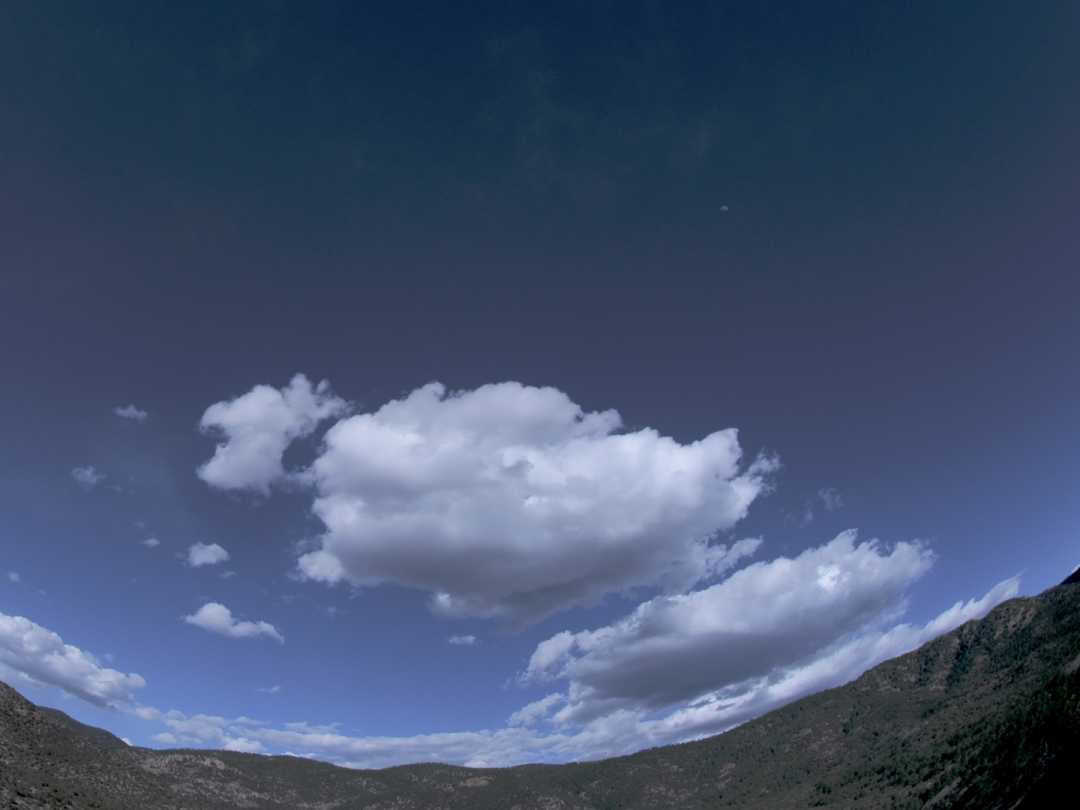
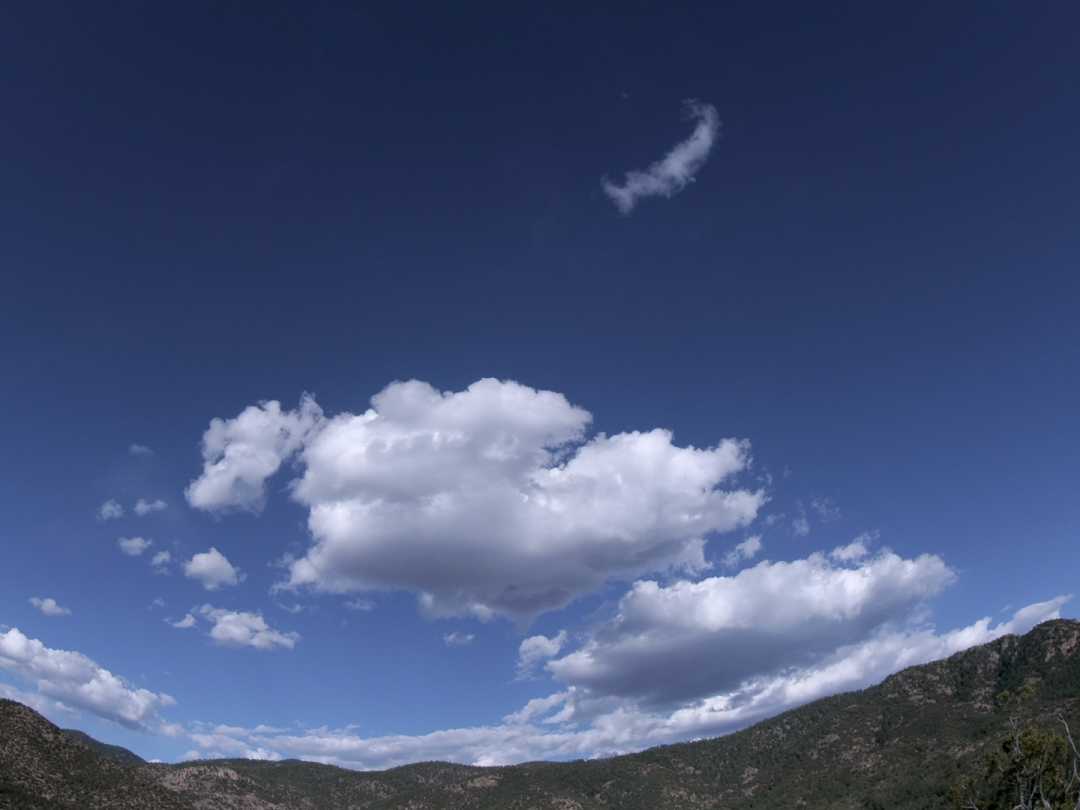
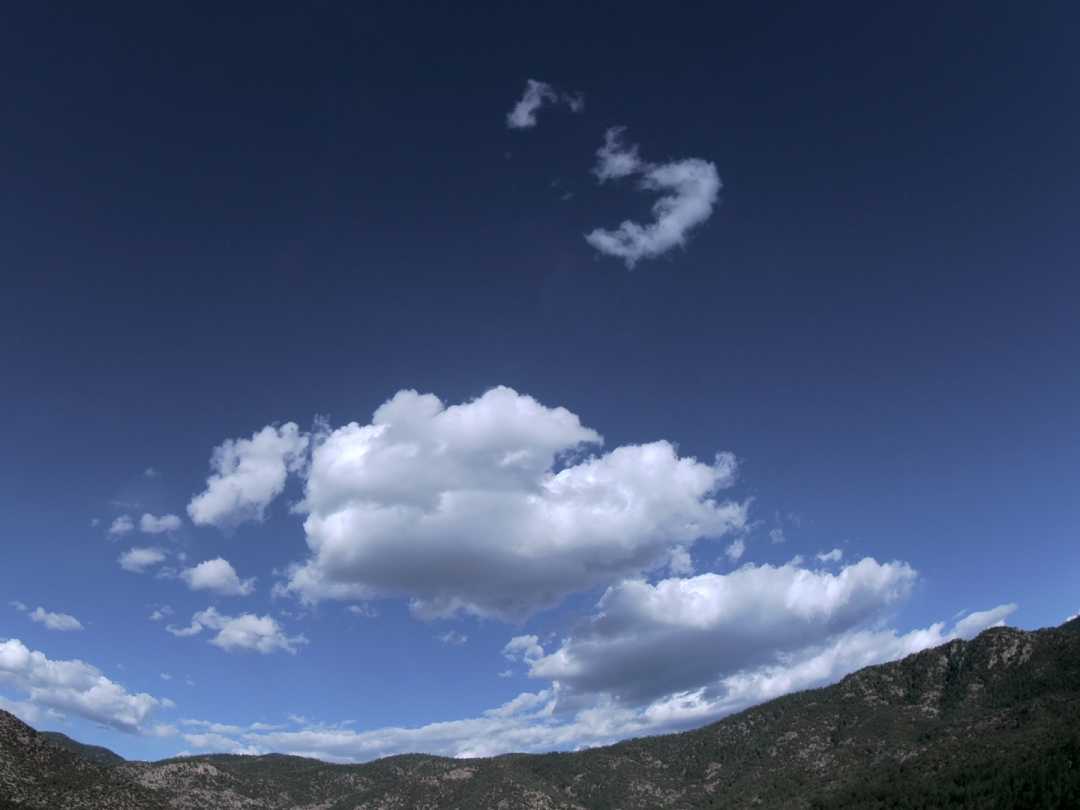

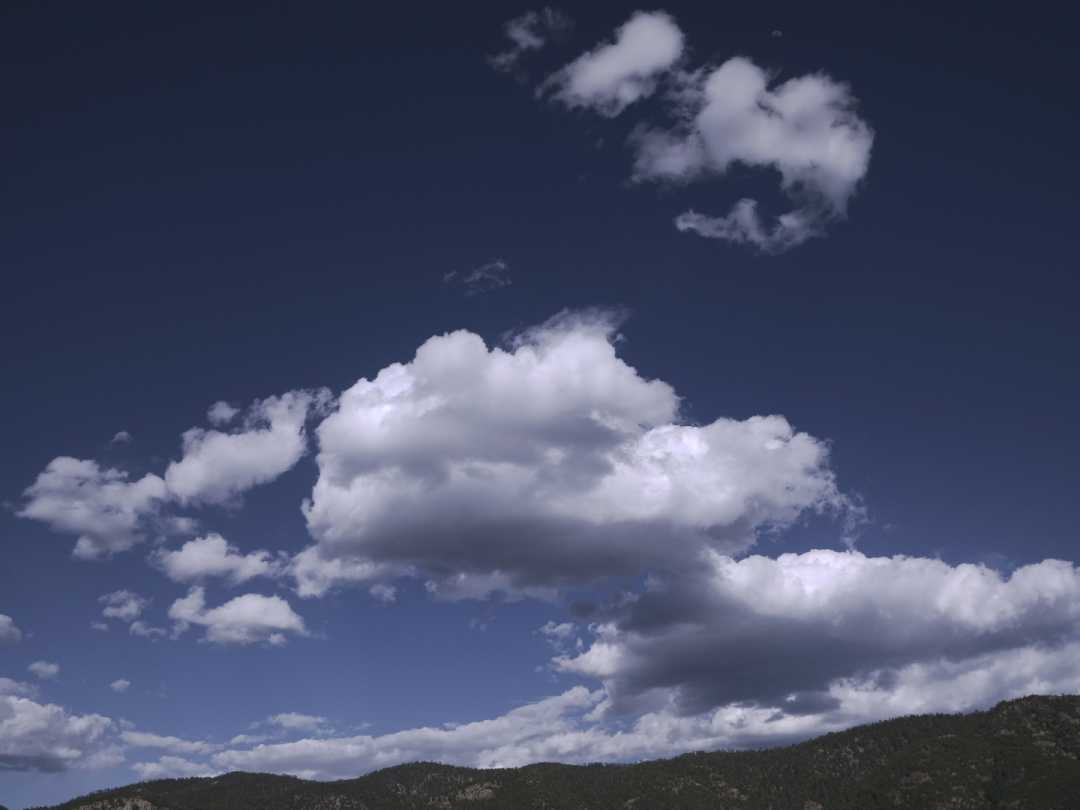
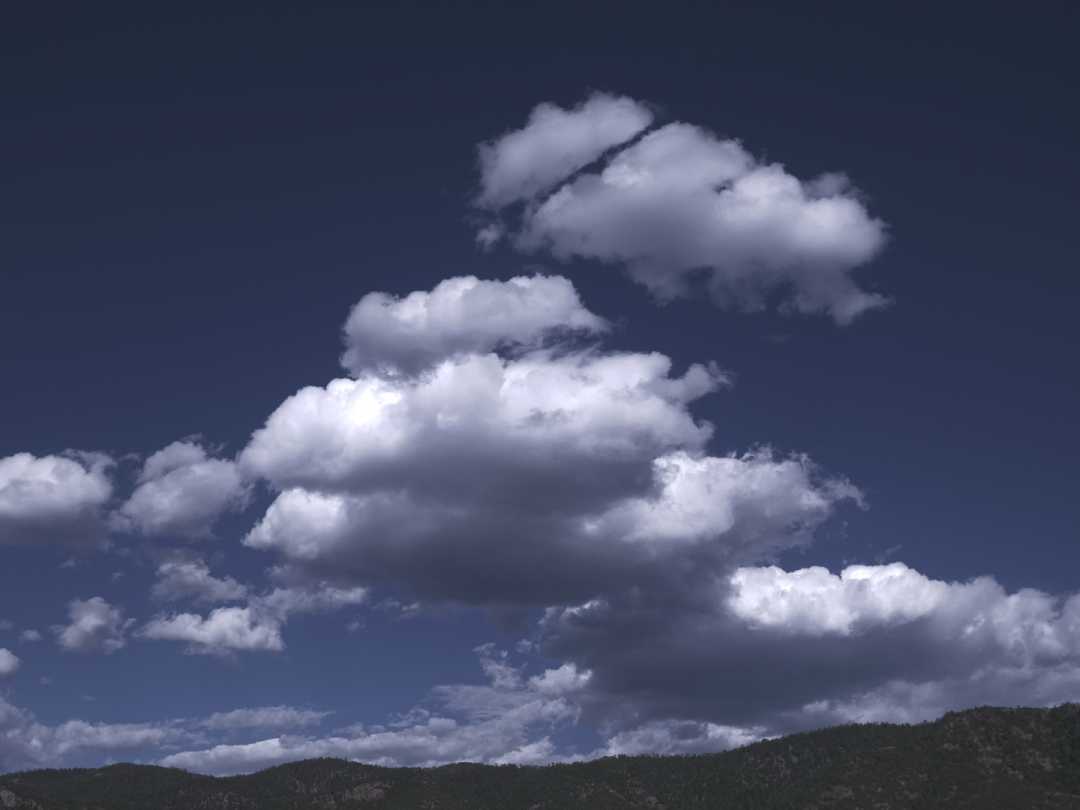
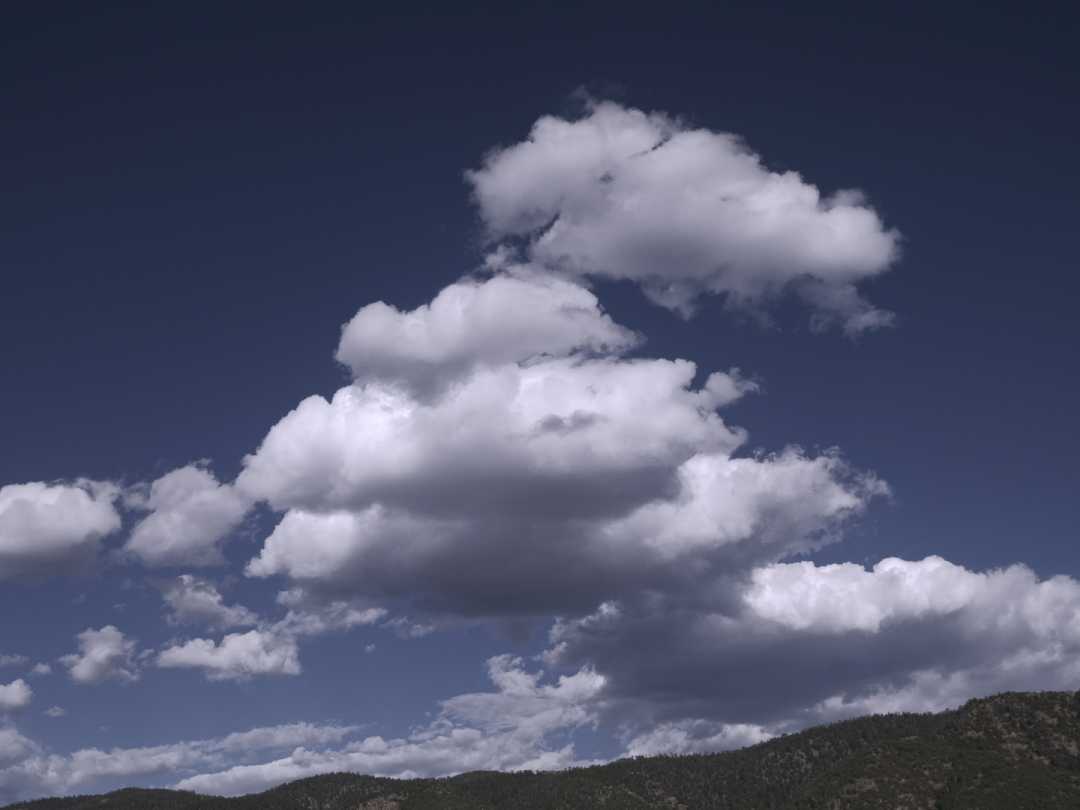

 14:34:37. Suspecting that the vortices, upper left, might follow the same course and become increasingly covered with fluff to turn into a cumulus cloud, lower right, I began a sequence starting with the photo above.
14:34:37. Suspecting that the vortices, upper left, might follow the same course and become increasingly covered with fluff to turn into a cumulus cloud, lower right, I began a sequence starting with the photo above.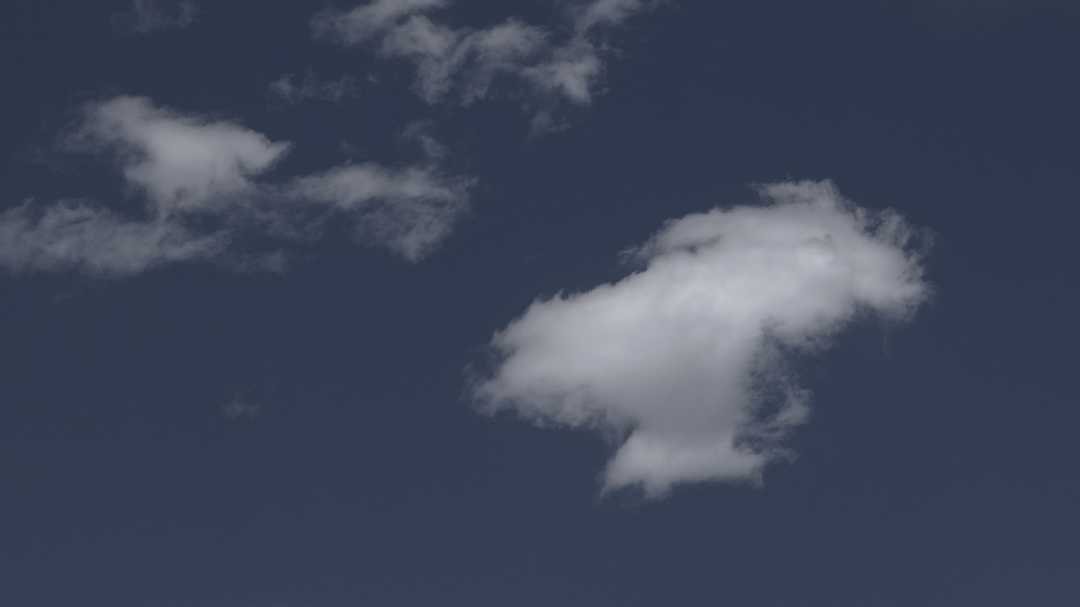 14:35:18. By the second image, above, there is thickening to the cloudiness of the vortices, while the cumulus cloud appears thinner.
14:35:18. By the second image, above, there is thickening to the cloudiness of the vortices, while the cumulus cloud appears thinner.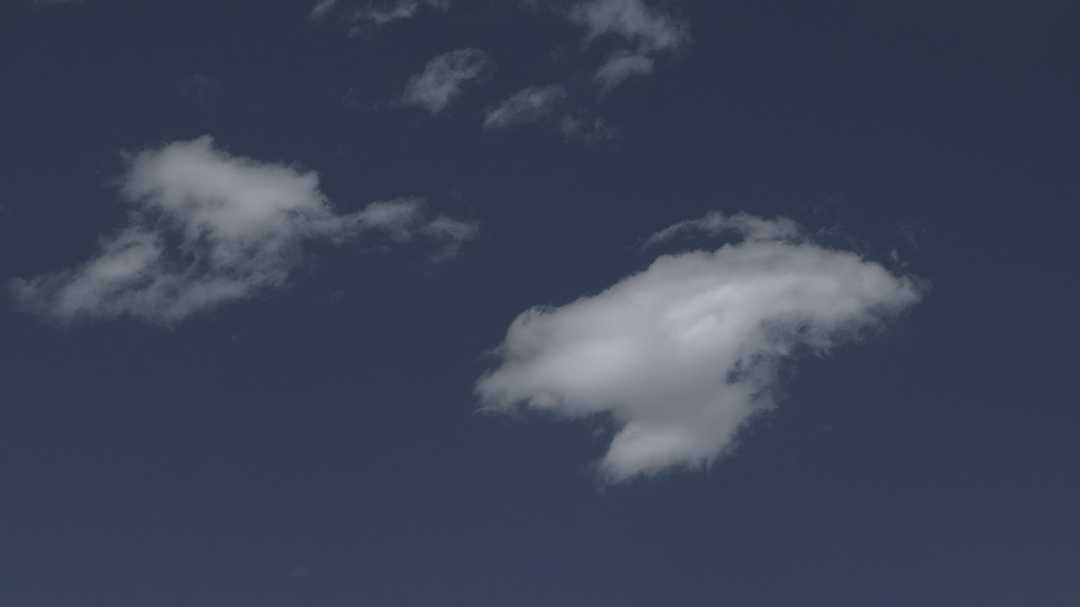 14:35:48. In the third image, above, the prediction of a ‘vortex-to-cumulus’ repeat performance appears supported by thickening fluff on the object to the left, while the object on the right continues to grow more slender.
14:35:48. In the third image, above, the prediction of a ‘vortex-to-cumulus’ repeat performance appears supported by thickening fluff on the object to the left, while the object on the right continues to grow more slender.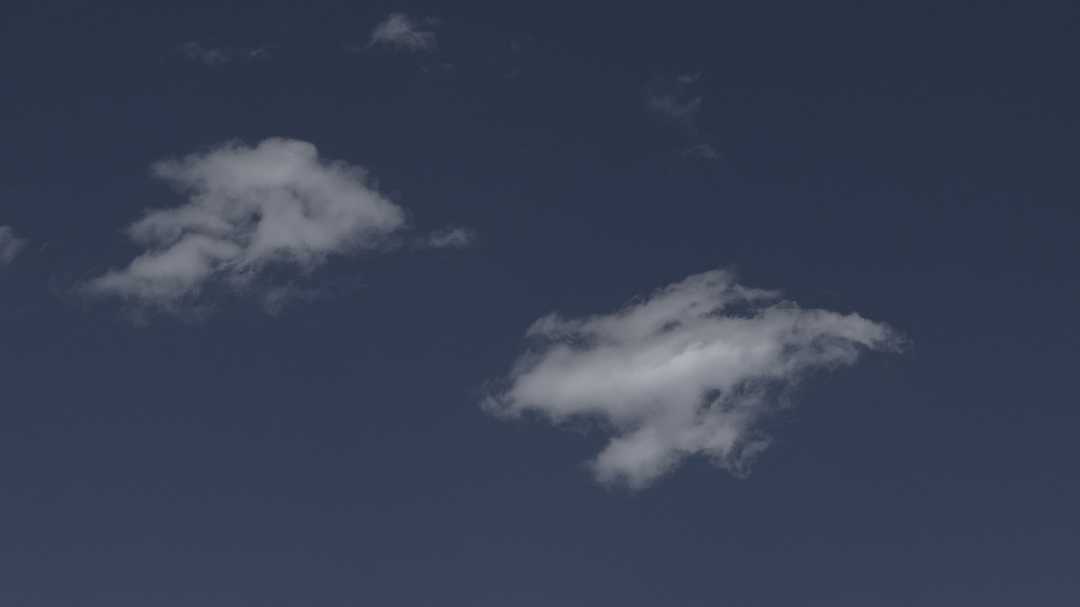 14:36:33. In the fourth photo, above, both objects appear similarly fluffy and similarly vortical.
14:36:33. In the fourth photo, above, both objects appear similarly fluffy and similarly vortical.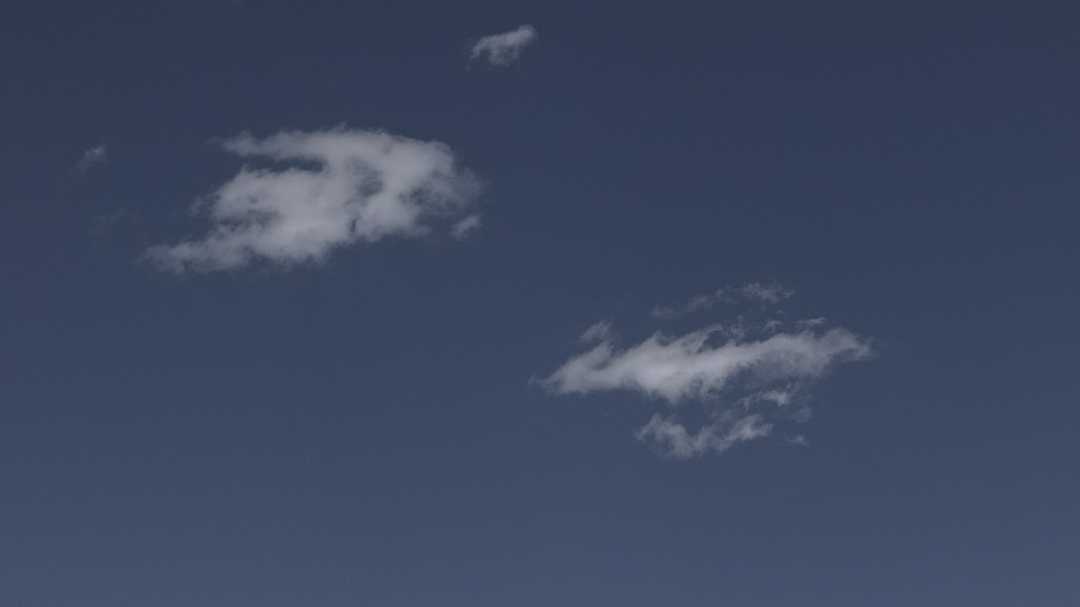 14:37:14. In this fifth shot, above, the left-hand object, while still cloudy, has assumed a horseshoe shape, while the former cumulus cloud on the right now has a more serpentine look.
14:37:14. In this fifth shot, above, the left-hand object, while still cloudy, has assumed a horseshoe shape, while the former cumulus cloud on the right now has a more serpentine look.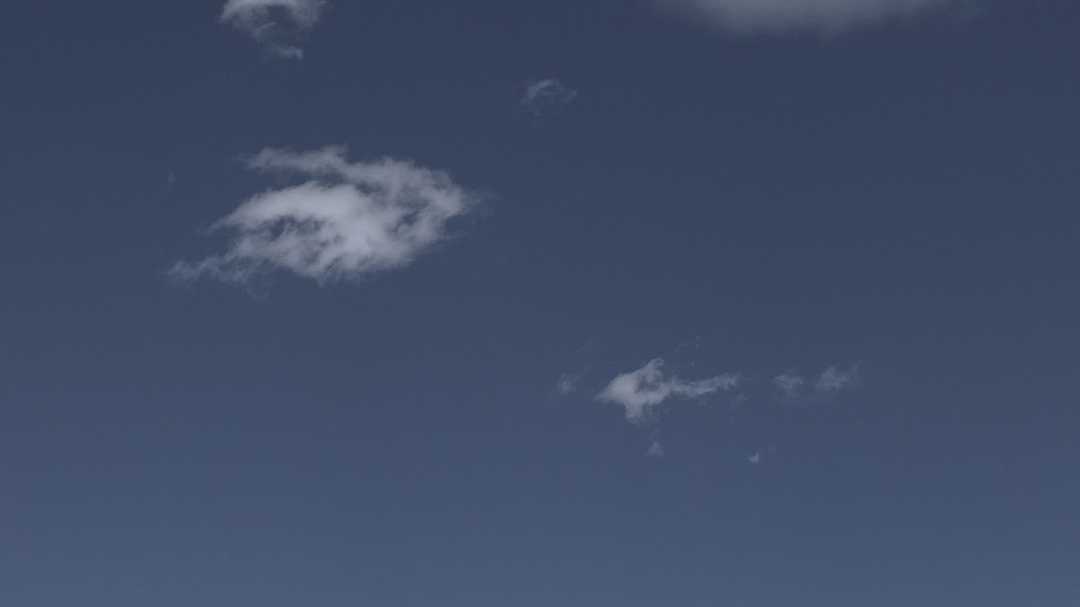 14:37:44. In this sixth photo of the sequence, above, the upper-left object is now clearly visible as a horseshoe vortex (its ‘third leg’ a common feature; perhaps something for another thread). Of the former cumulus cloud on the right, nothing remains but… a horseshoe vortex!
14:37:44. In this sixth photo of the sequence, above, the upper-left object is now clearly visible as a horseshoe vortex (its ‘third leg’ a common feature; perhaps something for another thread). Of the former cumulus cloud on the right, nothing remains but… a horseshoe vortex!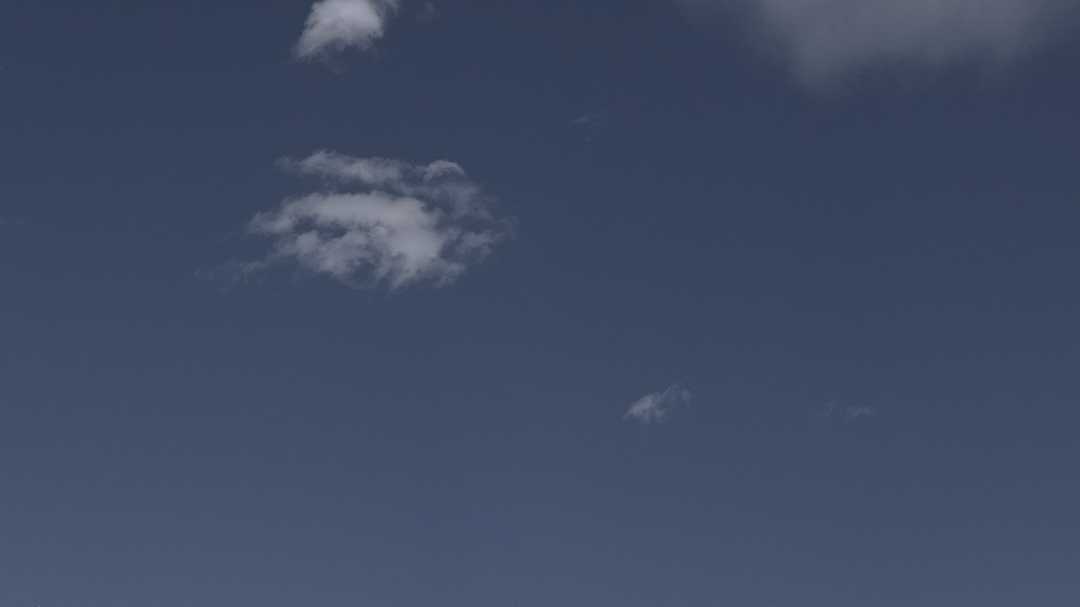 14:38:05. In the seventh and final photo, above, the object on the left remains a coherent three-legged horseshoe vortex, while the tiny vortical wisps, lower right, are the final visible vestiges of what had been a perfectly ‘credible’ cumulus cloud only three minutes and 28 seconds earlier.
14:38:05. In the seventh and final photo, above, the object on the left remains a coherent three-legged horseshoe vortex, while the tiny vortical wisps, lower right, are the final visible vestiges of what had been a perfectly ‘credible’ cumulus cloud only three minutes and 28 seconds earlier.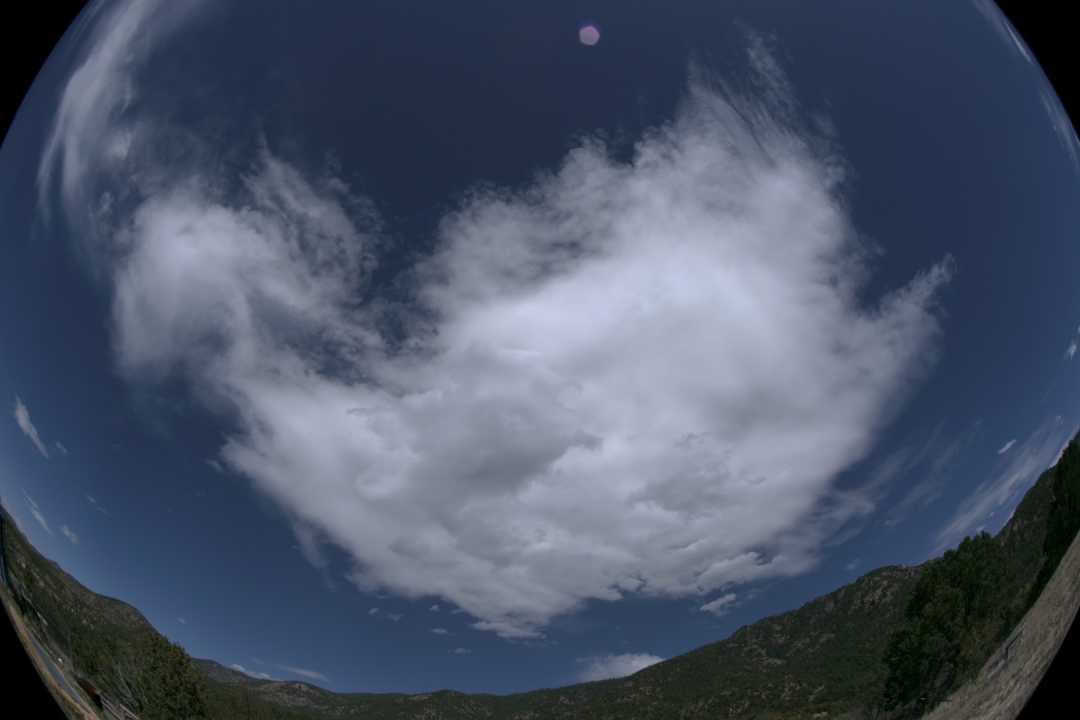 In the example above, another resembling a bear’s paw, although the arm is visible sweeping left and up, there are zones with little cloudiness that are semi-transparent.
In the example above, another resembling a bear’s paw, although the arm is visible sweeping left and up, there are zones with little cloudiness that are semi-transparent.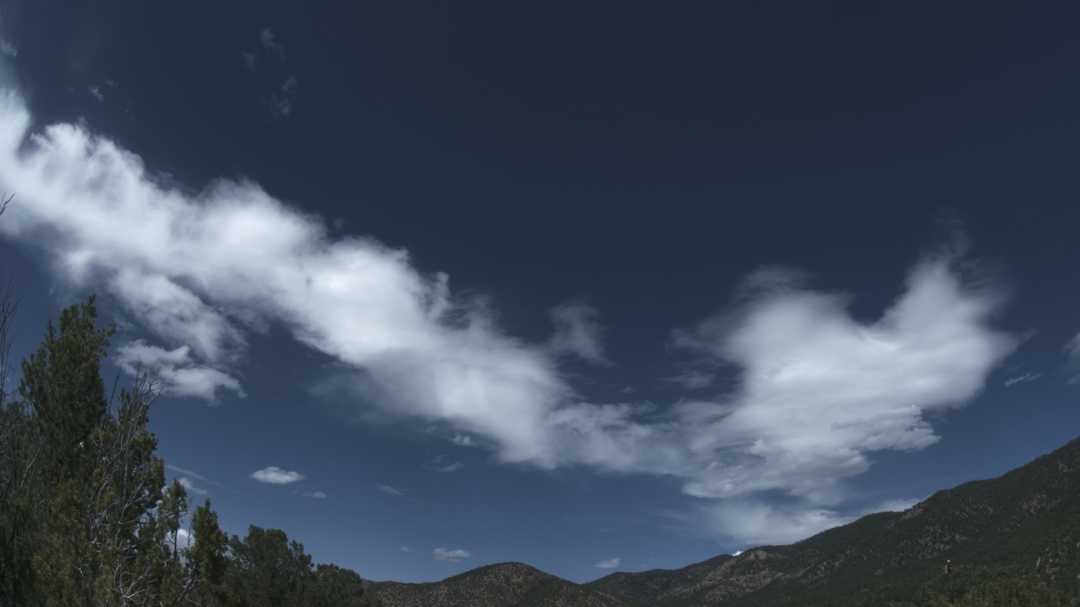 The same ‘hand’ and ‘arm’ fourteen minutes later, the structure has moved across the sky and the ‘hand’ to me now evokes more of a stylized lion’s paw, but this shot also makes clear how comparable structures are commonly seen as the ‘head’ and ‘neck’ of a serpent or dragon.
The same ‘hand’ and ‘arm’ fourteen minutes later, the structure has moved across the sky and the ‘hand’ to me now evokes more of a stylized lion’s paw, but this shot also makes clear how comparable structures are commonly seen as the ‘head’ and ‘neck’ of a serpent or dragon.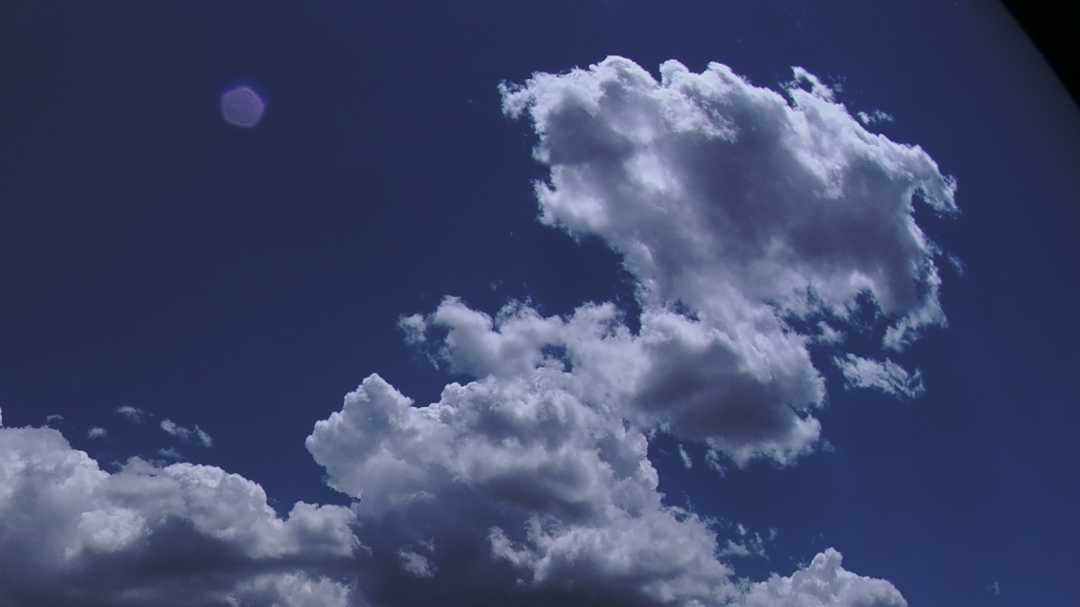 In the above photo resembling a frog’s hand, the ‘arm’ zig-zags downward and to the left, but again the cloudiness of the ‘arm’ is uneven and the viewer may again feel asked to take on trust that the hand is connected to an only semi-visible vortical ‘arm.’ But seeing this ‘hand-and-arm’ in its full extent, below, I hope will move the skeptical viewer to consider these oddly organic shapes to be vortex-related:
In the above photo resembling a frog’s hand, the ‘arm’ zig-zags downward and to the left, but again the cloudiness of the ‘arm’ is uneven and the viewer may again feel asked to take on trust that the hand is connected to an only semi-visible vortical ‘arm.’ But seeing this ‘hand-and-arm’ in its full extent, below, I hope will move the skeptical viewer to consider these oddly organic shapes to be vortex-related: